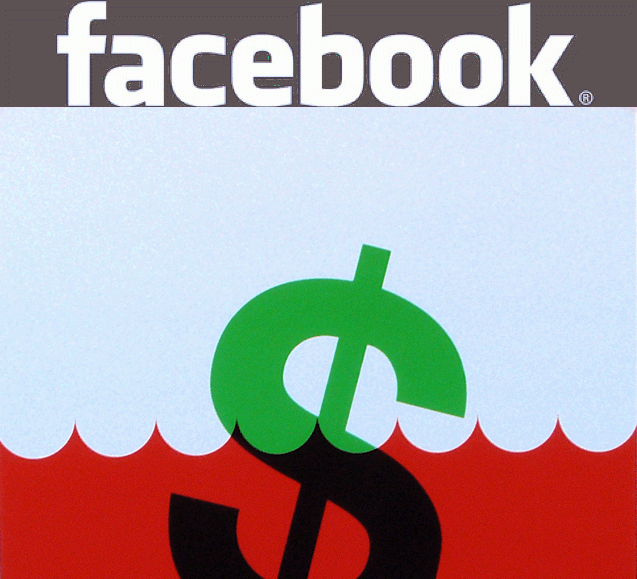Save 50% on a 3-month Digiday+ membership. Ends Dec 12.

Since its IPO, Facebook has been in a world of pain. The AdContrarian predicted as much on the day of the IPO and this week explained the house of cards that not only the IPO hysteria was based on, but also Facebook’s revenue model. Something else to pay attention to: the cascade effect of the dismal Facebook IPO on other social networks and tech companies, as its overvaluation could have tempered expectations from sites like Twitter or Kayak, who may think to go public. It’s quite possible that Facebook single handedly — and simultaneously — popped and prevented a bubble. Maybe.
The amazing thing about the Facebook IPO hysteria is that the whole foundation was built on — as my dear mother used to say — shit and glue. Facebook’s revenue model is dependent on selling advertising space, and there is compelling evidence that paid advertising on Facebook has thus far been uniquely ineffective. But we live in an age in which the marketing and advertising industries trust unreliable and foolhardy pundits and experts more than we trust facts or the evidence of our own eyes… Could it be that the Facebook face plant will serve the purpose of injecting some reality into the fantasy world of advertising and marketing? Not a freakin’ chance.
Click to read the article at the AdContrarian and follow him on Twitter @adcontrarian.
More in Media

As big brands flood the podcast ad space, startups are refining strategies to stand out
While a influx of big advertisers is good news for podcast companies, it also makes it more challenging for small- to mid-sized brands to stand out in the space.

Meta enters AI licensing fray, striking deals with People Inc., USA Today Co. and more
The platform has secured seven multi-year deals with publishers including CNN, Fox News, People Inc., USA Today Co to incorporate their content into its large language model (LLM) Llama.

European publishers say the Digital Omnibus ‘cookie fix’ leaves them worse off
The European Union’s attempt at a legislative spring clean for Europe’s web of data privacy rules, has landed flat with publishers.





